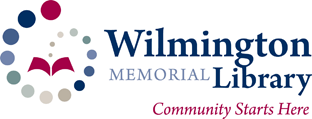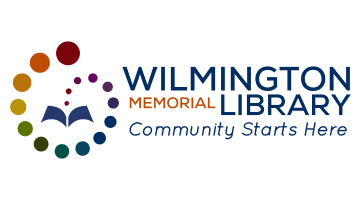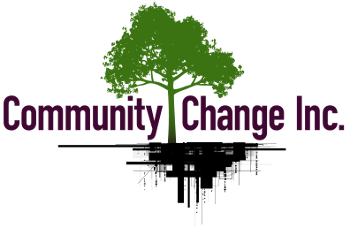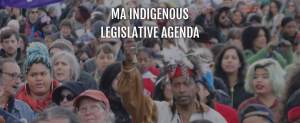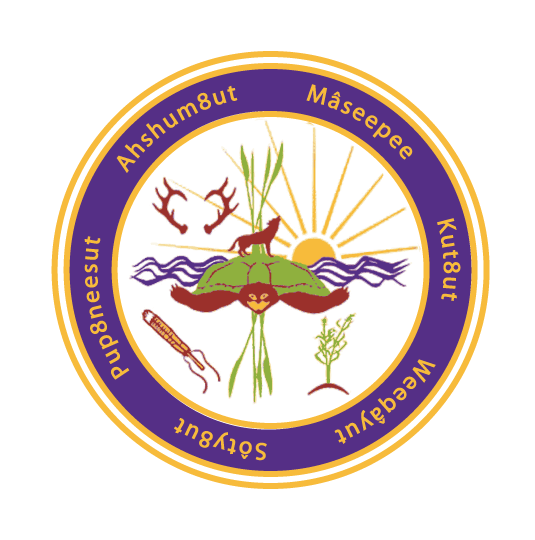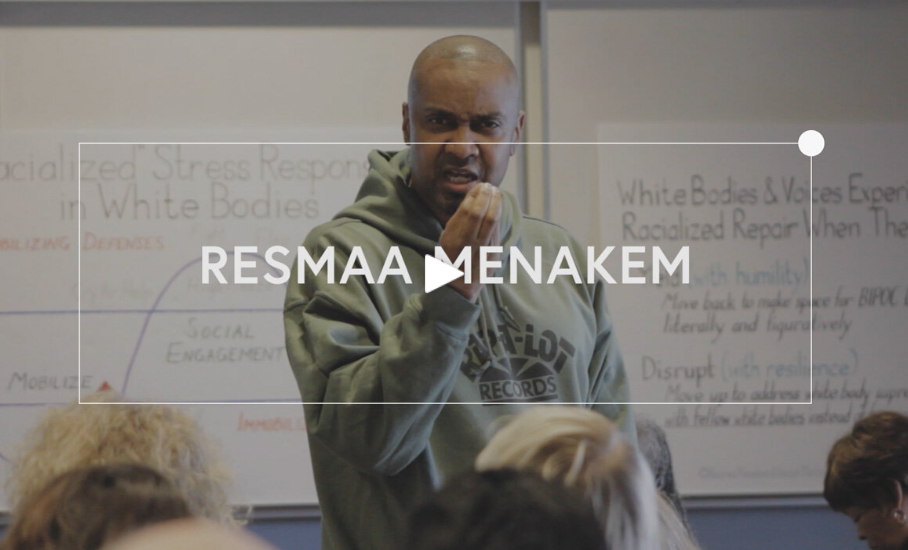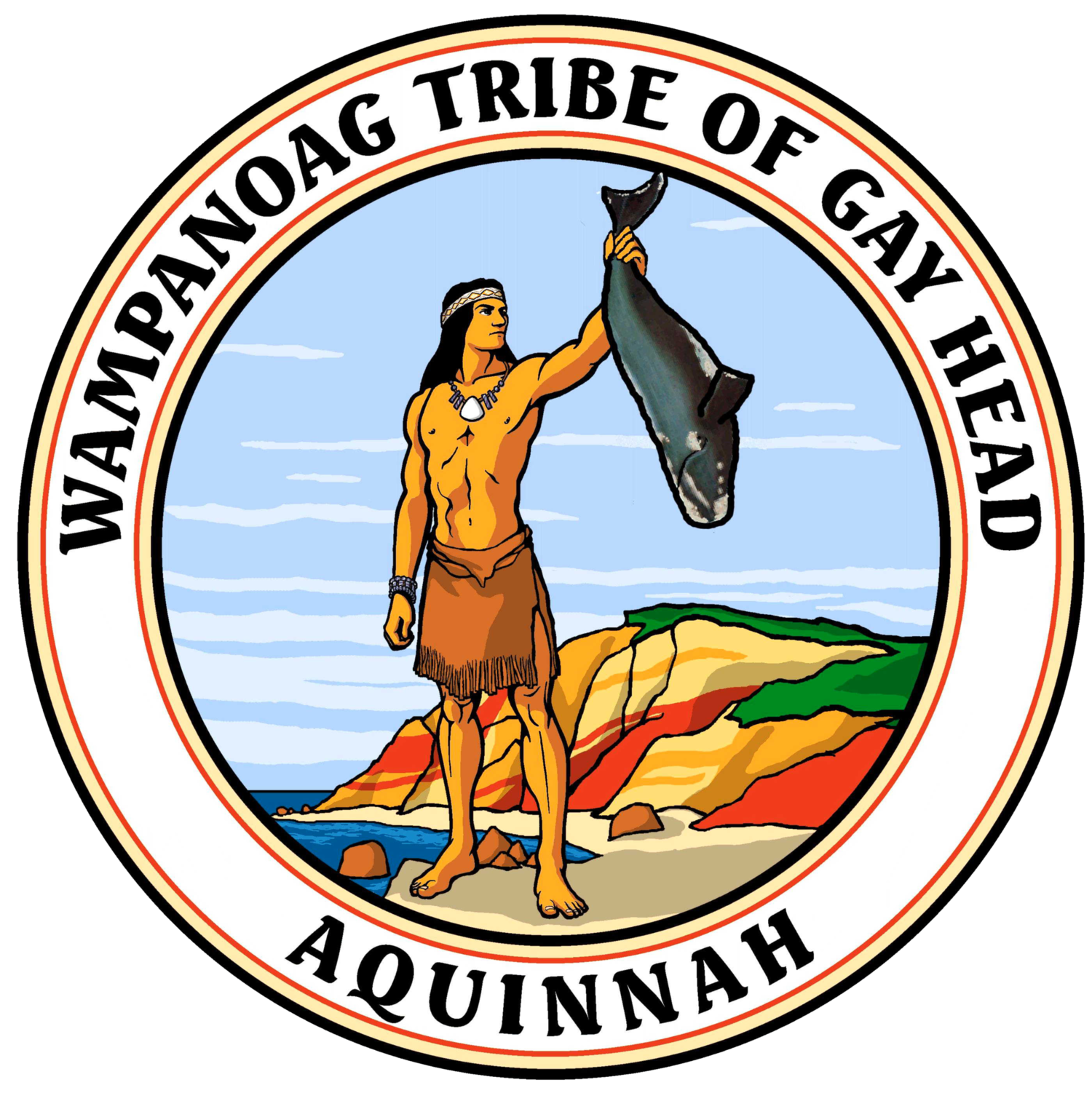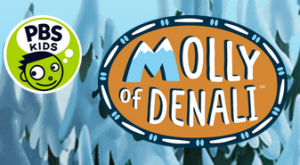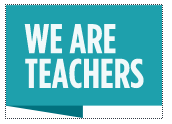On This Page
These sites help you learn about Indigenous Peoples struggles, act to change it, or both.
Resources for Adults
10 Native American Activists You Should Know
Oppression and discrimination has not ended for Native people, but there are many influential, American Indian activists who are continuing to fight for their rights.
The process of reclaiming Indigenous history is a work in progress and therefore not always complete or aligned. Not to worry. Take in what you can in the spirit it is offered – from perspectives and experiences as diverse as the millions of descendants from the 574 nations on whose land we in the US now stand.
The Massachusett Tribe’s Website
The Massachusett tribe is not one of the 574 tribes recognized by the US Government. Which exemplifies how muddled the relationship between the Federal Government and the Indigenous Peoples remain today. This site will allow you to learn more about our Commonwealth’s namesake.
The Mashpee Wampanoag Tribe’s Website
One of only two federally recognized tribes in Massachusetts, as it says on their site, The Mashpee Wampanoag Tribe,
also known as the People of the First Light, has inhabited present day Massachusetts and Eastern Rhode Island for more than 12,000 years. After an arduous process lasting more than three decades, the Mashpee Wampanoag were re-acknowledged as a federally recognized tribe in 2007. In 2015, the federal government declared 150 acres of land in Mashpee and 170 acres of land in Taunton as the Tribe’s initial reservation, on which the Tribe can exercise its full tribal sovereignty rights. The Mashpee tribe currently has approximately 2,600 enrolled citizens.
Moving from race to culture to creation is important, transformative, and takes work. And a lot of reps. I help people, communities, and organizations find strength in healing that is holistic and resilient. Together let’s set a course for healing historical and racialized trauma carried in the body and the soul. I am a healer. I help people rise through the suffering’s edge. I am a cultural trauma navigator. I am a communal provocateur and coach. I am a Senior Fellow with The Meadows Institute. I consider it my job in this moment to make the invisible visible
The Wampanoag Tribe at Gay Head
One of only two federally recognized tribes in Massachusetts The Wampanoag Tribe of Gay Head, were the inhabitants of what is now called Martha’s Vineyard when the Europeans arrived. As it says on their site:
Today, community values are still strong within our tribe. We proudly care for 477 acres of our ancestral lands, much of it set aside for common use and benefit. Land and resource management strategies rely on sustainable practices which are shared with other towns and conservation groups on the island. Traditional arts like beadwork, basket making, and pottery continue to be taught. Celebrations like Cranberry Day and The Legends of Moshup Pageant are held annually. The tribe has developed 27 units of affordable housing for families and elders. It now also owns and operates several businesses, including three stores and a shellfish hatchery. Our tribe continues to be self-governing and is taking great strides toward economic self-sufficiency. Even the Wampanoag language is being taught to tribal members. Through it all we have not forgotten who we are.
This site allows you to look up contact information of any of the 574 tribes recognized by the US Government. It’s managed by The Bureau of Indian Affairs’. Their mission is to enhance the quality of life, to promote economic opportunity, and to carry out the responsibility to protect and improve the trust assets of American Indians, Indian tribes and Alaska Natives.
Resources for Kids
American Indians in Children’s Literature
A primary purpose of American Indians in Children’s Literature (AICL) is to help you know who Native people are. That knowledge can help you understand why Native people object to being misrepresented. Though we are certain that no author ever sets out to deliberately misrepresent Native people, it happens over and over again. Information is the only way to counter those misrepresentations. On American Indians in Children’s Literature, we publish analyses of children’s books, lesson plans, films, and other items related to the topic of American Indians and/or how we this topic is taught in school.
Watch Molly of Denali videos, play games, and do printable activities. Join Molly and friends on Alaskan adventures, using informational text along the way!
NatGeo Native Americans Topic Page
Find articles complete with stunning photographs on Native American Tribes from across the country. National Geographic Kids continues the trend of being a trusted source started with their parent magazine with these articles written for a younger audience.
Resources for Teachers
Zinn Education Project Indigenous Peoples Day Resources
Here are lessons, books, and films for teaching the truth about Columbus and Indigenous Peoples’ history.
We Are Teachers’ Honoring Indigenous Peoples’ Day in the Classroom
As educators, figuring out where to start unwinding this huge tapestry can be overwhelming. Every step towards action and accountability starts with inquiry and research. This post will share resources that can help you explore the past and the present lives of Indigenous Peoples. There are also a few activities that you can do with your students to bring these notions to life.
Native Knowledge 360° (NK360°) provides educators and students with new perspectives on Native American history and cultures. Most Americans have only been exposed to part of the story, as told from a single perspective through the lenses of popular media and textbooks. NK360° provides educational materials, virtual student programs, and teacher training that incorporate Native narratives, more comprehensive histories, and accurate information to enlighten and inform teaching and learning about Native America. NK360° challenges common assumptions about Native peoples and offers a view that includes not only the past but also the vibrancy of Native peoples and cultures today. .
An Educator’s Guide to Expanding Narratives about American History & Culture
This collection has been carefully selected by New York City educator and curriculum consultant Vivett Dukes to showcase ideas, achievements, and contributions by American people of all backgrounds across eras. The content highlighted within each topic is intended to expand the scope of voices centered in curricula by elevating Black, Indigenous, and People of Color stories.
